The Nvidia RTX 3060 Ti has been one of the most popular GPUs on the market since its release back in 2021. But with the announcement of the long-awaited RTX 4060 Ti, is the 3060 Ti’s crown finally going to slip?
Nvidia finally took the hint and announced the RTX 4060 series, which includes the base RTX 4060 as well as the RTX 4060 Ti. The Nvidia RTX 4000 Series comes with some major upgrades over its predecessors, featuring the latest Ada Lovelace architecture.
The RTX 4060 has a starting price of £289/$299 and will be available in July, with the RTX 4060 Ti starting at £389/$399 and launching on the 24th of May.
The RTX 3060 Series has been extremely popular since it first launched, with the Steam hardware survey confirming that the RTX 3060 is currently the third most popular GPU used for gaming over the last several months.
With all that said, we wanted to see if the RTX 4060 Ti can take over from the RTX 3060 Ti. Keep reading to find out all of the core differences between these GPUs so you can decide if the latest series is worth the upgrade.
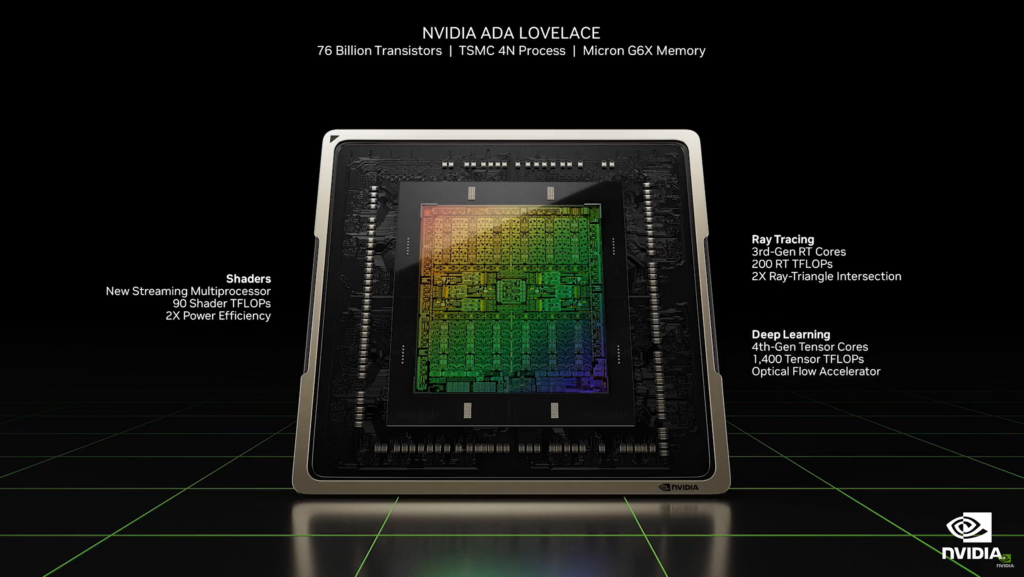
Lovelace architecture features on the 4060 Ti
The Nvidia RTX 4000 Series is built on the most current generation of architecture from Nvidia called Ada Lovelace. The RTX 3000 Series used the last generation of architecture, Ampere.
Lovelace is built on a 4nm process node, which is half the size of the 8nm node used in Ampere. A smaller node allows for more transistors to be used within the GPU, which theoretically ensures a better performance. This is because more transistors can process data much faster, making the RTX 4060 Ti better equipped to take on intensive workloads.
It is worth noting that even though the entirety of the RTX 4000 Series – which currently includes the RTX 4090, RTX 4080, RTX 4070 Ti, RTX 4070 and now the RTX 4060 Series – uses Lovelace, not all of these cards are created equal. Currently, the most powerful GPU from Nvidia is the RTX 4090 due to its high amount of CUDA Cores, even if it does share its base architecture with the RTX 4060 Ti.
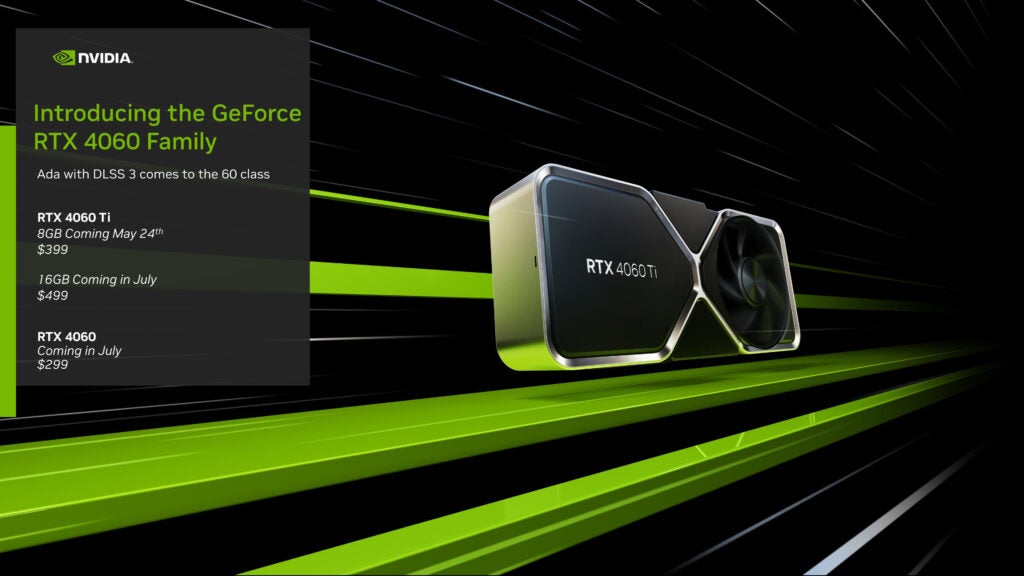
The 3060 Ti had more CUDA Cores
The RTX 3060 Ti comes with an impressive amount of CUDA Cores at 4864. CUDA Cores are essentially the GPU equivalent of CPU cores, with more cores generally resulting in more power. This is because more cores allow for more calculations to be undertaken at once, which is vital if you’re interested in engaging in intensive tasks like gaming.
The RTX 4060 Ti comes with 4352 CUDA Cores, which is only around 500 fewer than the RTX 3060 Ti. Since this is not a huge gap, it’s unlikely that the performance difference between the two GPUs will be massive.
Plus, the performance will also be impacted by the architecture featured on both chips, meaning that even though the RTX 3060 Ti has more cores, that likely won’t translate to better performance overall.
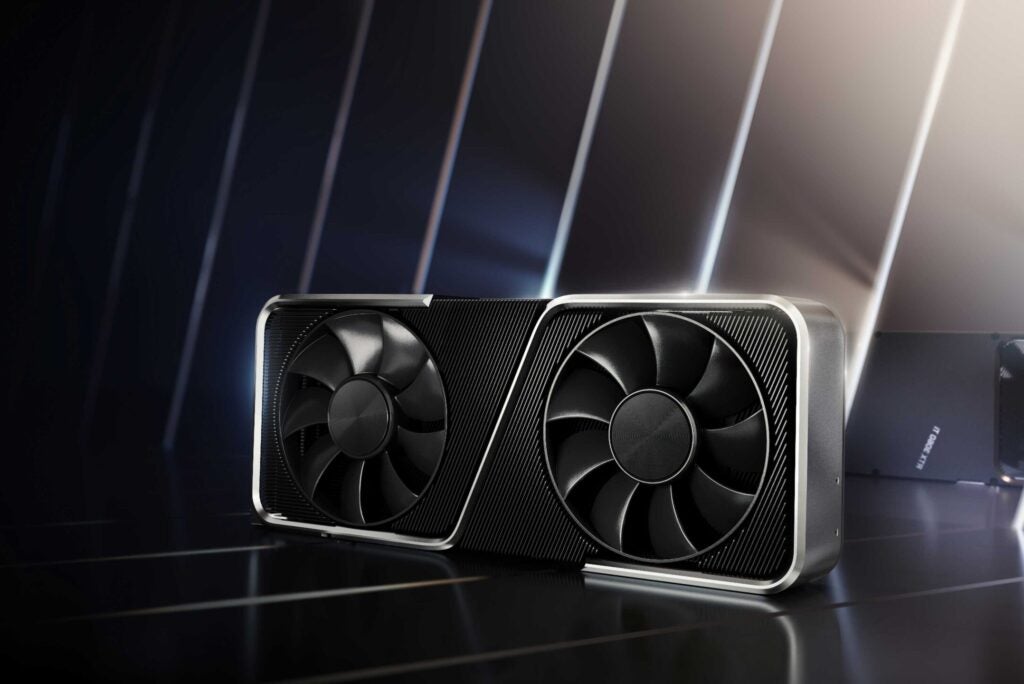
The 4060 Ti has a higher boost clock speed
Boost clock speeds give users a practical estimate of the ability of the GPU. Generally speaking, a GPU with a higher boost clock speed should be more capable.
The RTX 4060 Ti has a maximum boost clock speed of 2.54GHz, while the RTX 3060 Ti has a boost clock speed of 1.67GHz. This highlights that the RTX 4060 Ti will be capable of a greater performance than its predecessor, despite having fewer CUDA Cores.
Don’t expect the performance jump to be hugely significant though, as the RTX 4060 Ti remains a card that targets a 1080p or 1440p performance – don’t expect either card to handle 4K gaming with aplomb.
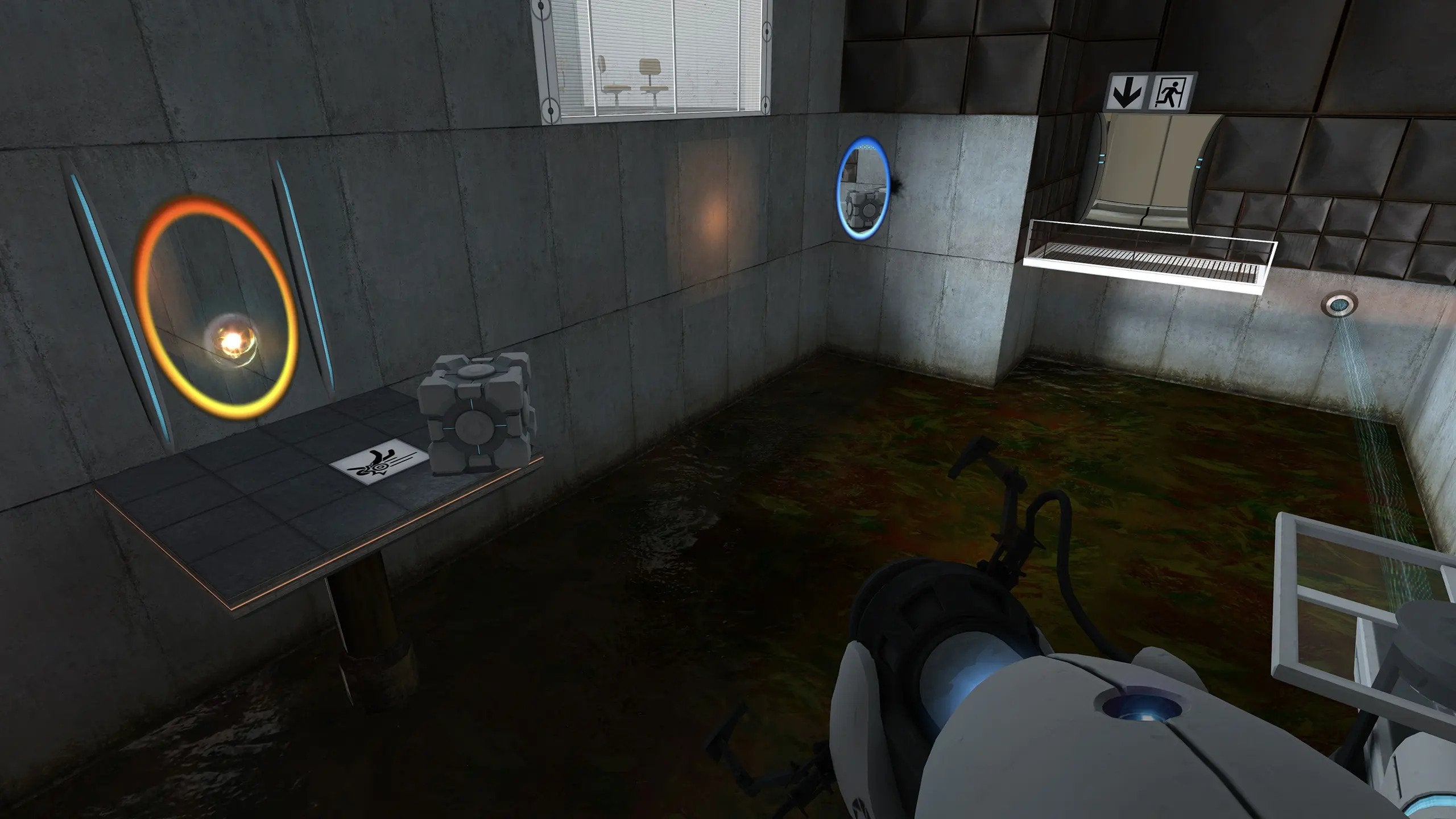
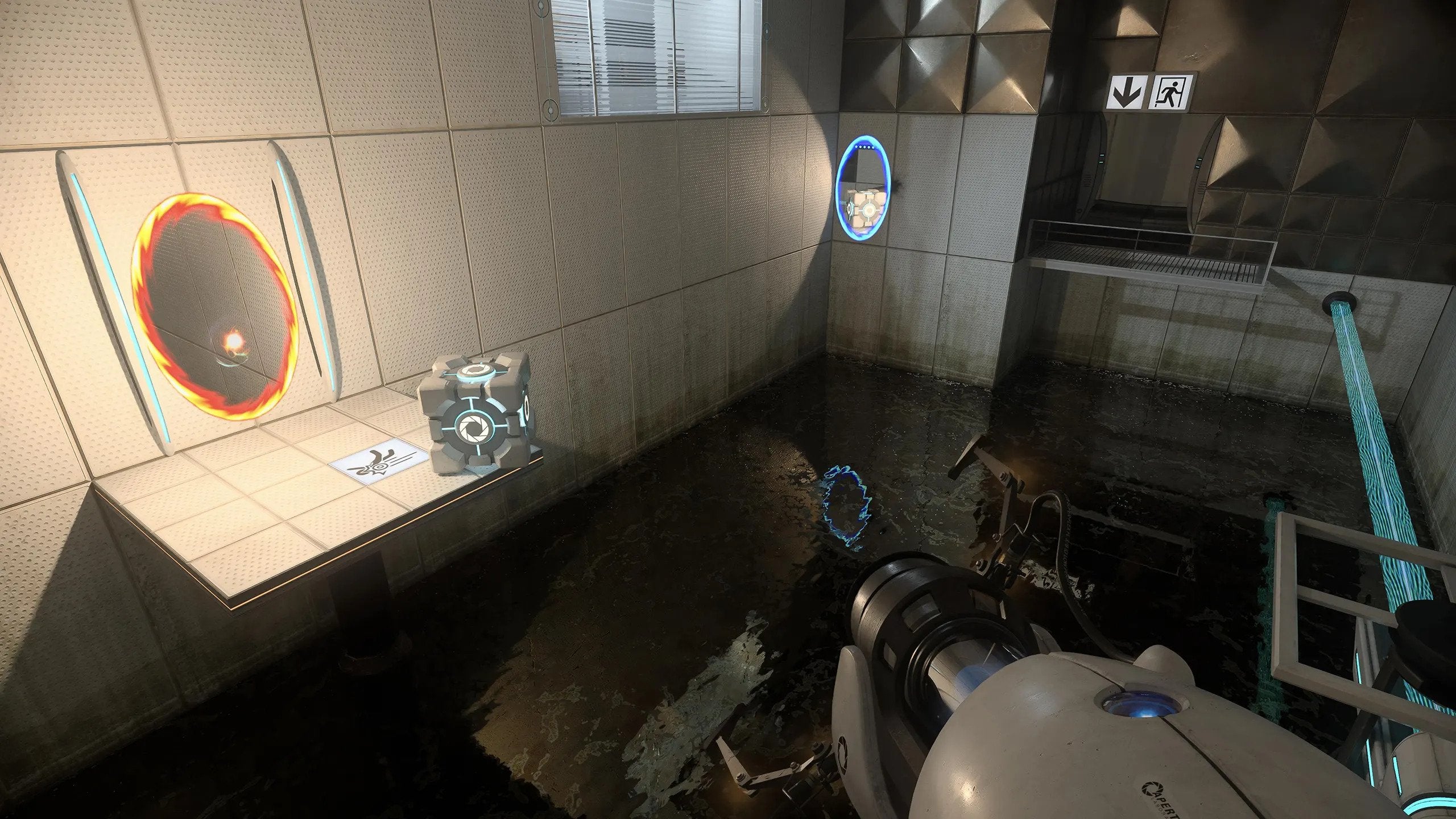
The 4060 Ti supports DLSS 3 and 3rd gen ray tracing cores
The Nvidia RTX 4060 Ti packs new 4th Generation Tensor Cores, which means it’s able to support DLSS 3. This allows the graphics card to leverage artificial intelligence to generate entire frames for supported games, resulting in a significant performance boost.
While the RTX 3060 Ti supports DLSS 2, this AI upscaling solution can only generate individual pixels instead of entire frames. This still results in a great performance boost, but not quite to the same level as DLSS 3 which is currently exclusive to the RTX 4000 generation.
The RTX 4060 Ti also features 3rd-generation ray tracing cores, while the RTX 3060 Ti has support for the 2nd-generation.
Nvidia claims that this latest generation has up to 2x the ray tracing performance compared to its predecessor, meaning that the RTX 4060 Ti will be better equipped to run games with the advanced lighting and shadow effects activated for compatible games.




